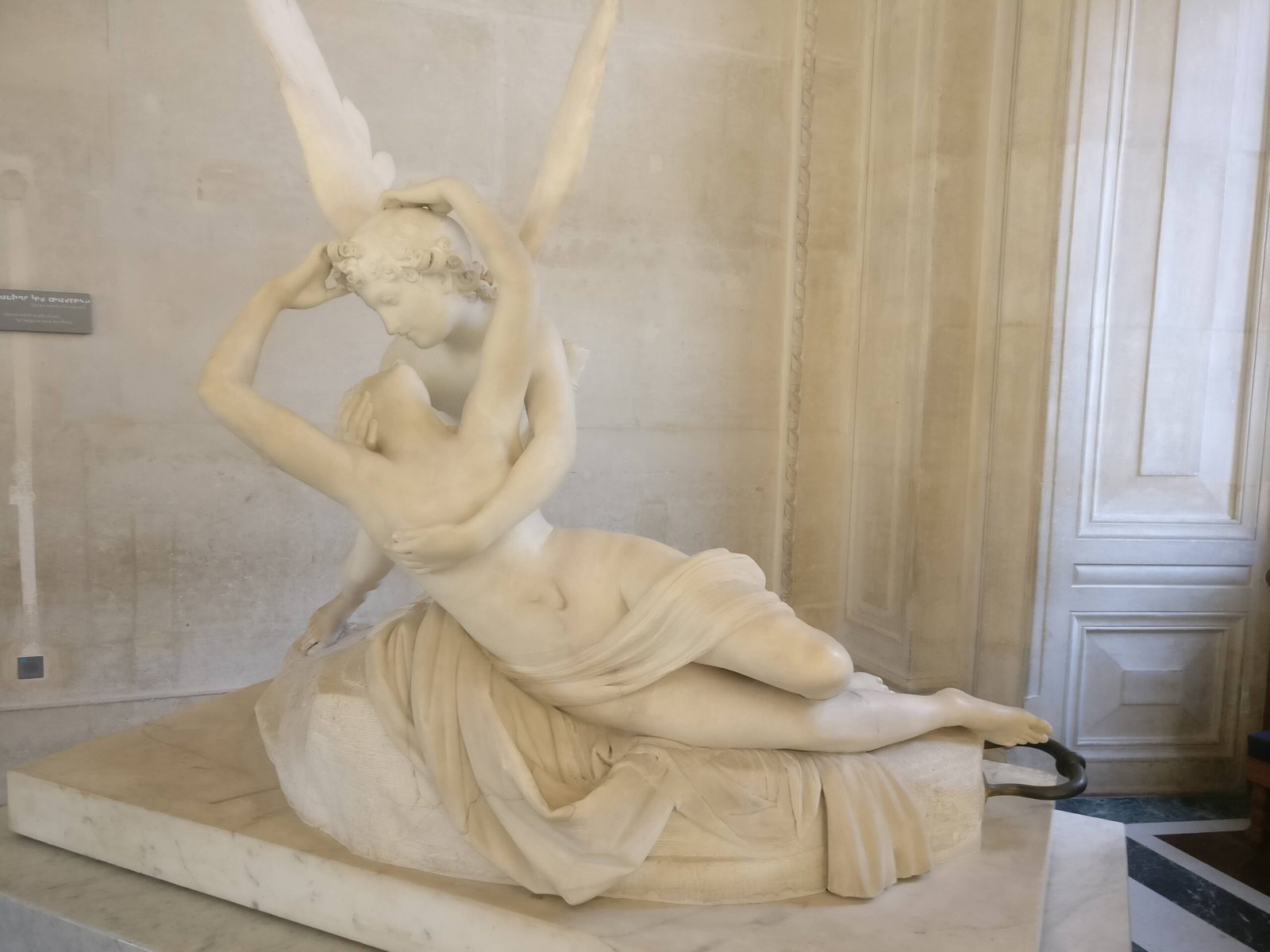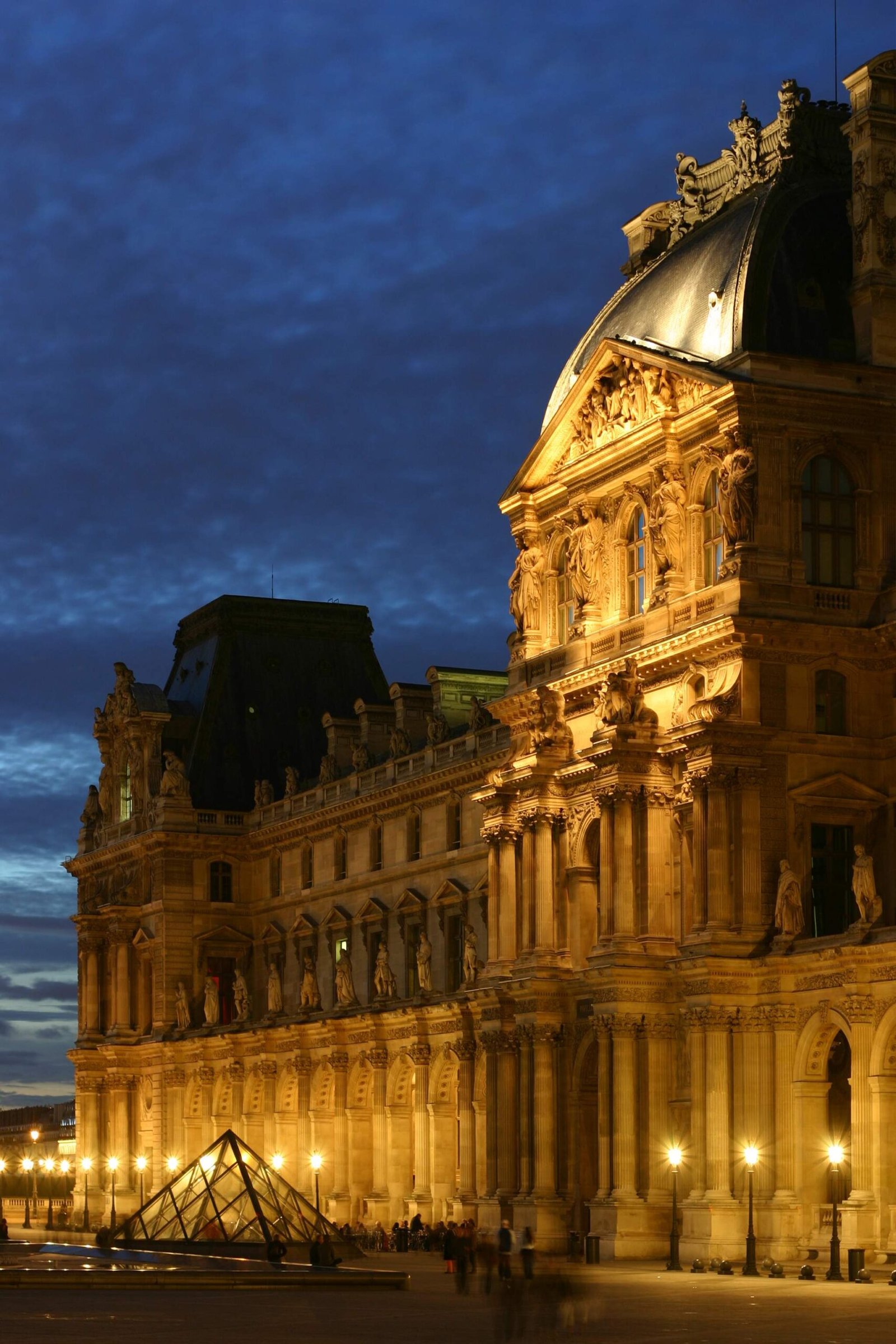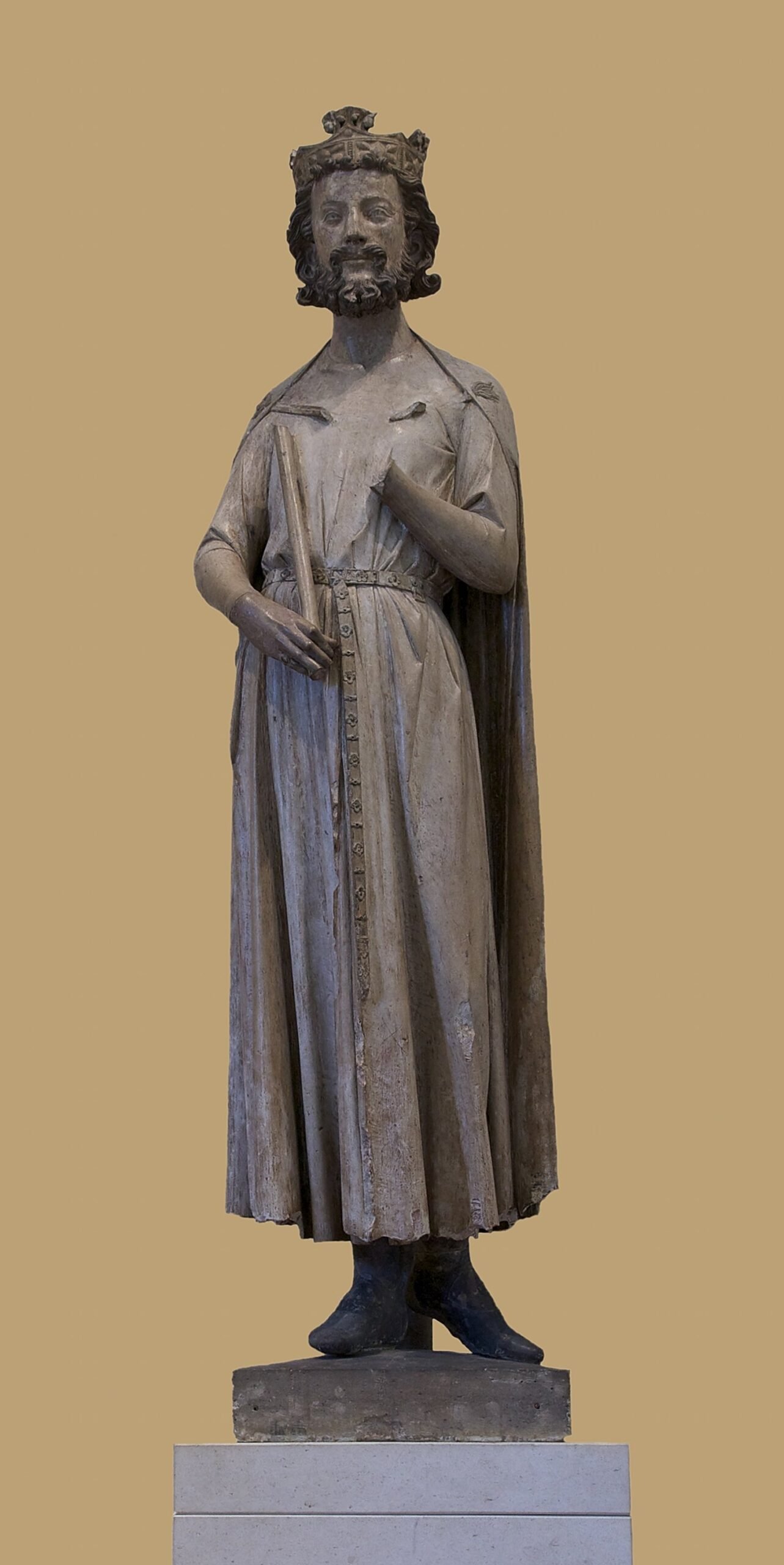The Louvre Museum, located in Paris, France, is one of the world’s largest and most visited art museums. Its vast collection spans thousands of years of human history and culture, housed in a former royal palace. The museum’s interior is a masterpiece in itself, combining historical architecture with modern design elements. This guide provides an in-depth look at the Louvre Museum’s inside view, including its layout, collections, and visitor experience.
What is the Layout of the Louvre Museum?

The Louvre Museum is divided into three main wings: Denon, Richelieu, and Sully. Each wing has multiple levels and houses different collections:
- Denon Wing:
- Ground Floor: Greek, Etruscan, and Roman Antiquities
- First Floor: Italian Paintings, Large French Paintings
-
Second Floor: Spanish and English Paintings
-
Richelieu Wing:
- Ground Floor: Oriental Antiquities, Islamic Art
- First Floor: French Sculptures, Northern European Paintings
-
Second Floor: Decorative Arts
-
Sully Wing:
- Ground Floor: Egyptian Antiquities
- First Floor: Greek and Roman Antiquities
- Second Floor: French Paintings
The museum’s central entrance is through the iconic Glass Pyramid, which leads to the main hall underground. From there, visitors can access all three wings.
How Does the Louvre Manage Visitor Flow?

The Louvre has implemented several strategies to manage the flow of its millions of annual visitors:
-
The Pyramid Project: Completed in 2016, this renovation improved spatial organization around the Glass Pyramid entrance. It moved logistical functions like ticket sales and cloakrooms to the perimeter, reducing congestion.
-
Multiple Entrances: Besides the main Pyramid entrance, there are entrances at the Passage Richelieu (for groups and members) and the Porte des Lions, helping to distribute visitor traffic.
-
Sensor Technology: The museum uses Bluetooth sensors to analyze visitor movements and optimize layout and flow management.
-
Timed Entry Tickets: During peak seasons, the Louvre implements timed entry to control crowd sizes.
What Are the Must-See Artworks in the Louvre?
While the Louvre houses over 35,000 works of art on display, some pieces are particularly famous:
- Mona Lisa by Leonardo da Vinci (Denon Wing, 1st Floor)
- Venus de Milo (Sully Wing, Ground Floor)
- Winged Victory of Samothrace (Denon Wing, 1st Floor)
- Liberty Leading the People by Eugène Delacroix (Denon Wing, 1st Floor)
- The Raft of the Medusa by Théodore Géricault (Denon Wing, 1st Floor)
These artworks are located in high-traffic areas, with special crowd management measures in place, especially for the Mona Lisa.
How Can Visitors Navigate the Louvre Efficiently?
Navigating the vast Louvre can be challenging. Here are some tips for an efficient visit:
-
Plan Ahead: Use the Louvre’s official website or mobile app to plan your route based on your interests.
-
Start Early: Arrive when the museum opens to avoid the largest crowds.
-
Use Multiple Entrances: Consider using the Porte des Lions or Carrousel du Louvre entrances to avoid long lines at the Pyramid.
-
Follow Thematic Trails: The Louvre offers suggested thematic routes that cover major highlights in about 1.5 hours.
-
Take Breaks: The museum has several cafes and rest areas. Use these to recharge during your visit.
What Unique Architectural Features Can Be Seen Inside the Louvre?
The Louvre’s interior is a blend of historical and modern architecture:
-
Glass Pyramid: Designed by I.M. Pei, this modern addition serves as the main entrance and a striking contrast to the classical palace.
-
Napoleon III Apartments: These opulent rooms showcase 19th-century decorative arts.
-
Medieval Louvre: In the Sully Wing basement, visitors can see remnants of the original 12th-century fortress.
-
Cour Marly: This covered courtyard houses large-scale French sculptures.
-
Grand Gallery: This long hall is famous for its painted ceilings and houses many Italian masterpieces.
How Does the Louvre Accommodate Different Types of Visitors?
The Louvre strives to be accessible to all visitors:
-
Disabled Access: Dedicated entrances, elevators, and wheelchair loans are available.
-
Family-Friendly: The museum offers workshops and tours designed for children and families.
-
Audio Guides: Available in multiple languages, including versions for children and visually impaired visitors.
-
Guided Tours: Expert-led tours in various languages can provide deeper insights into the collections.
-
Late Night Openings: The museum stays open late on Wednesdays and Fridays, offering a less crowded experience.
What Recent Innovations Has the Louvre Implemented?
The Louvre continually evolves to enhance the visitor experience:
-
Virtual Reality Experience: ‘Mona Lisa: Beyond the Glass’ offers a VR experience of the famous painting.
-
Interactive Kiosks: Touchscreen displays throughout the museum provide additional information about nearby artworks.
-
Online Collection: The Louvre has digitized much of its collection, allowing virtual exploration.
-
Timed Entry System: Implemented to manage crowd flow, especially for temporary exhibitions.
-
Sustainable Practices: The museum has adopted eco-friendly lighting and climate control systems.
The Louvre Museum’s inside view is a testament to centuries of art, history, and architecture. Whether you’re an art enthusiast, history buff, or casual visitor, the Louvre offers an unparalleled experience. By understanding its layout, highlights, and visitor services, you can make the most of your visit to this world-renowned institution.
References:
1. An analysis of visitors’ behavior in the Louvre Museum
2. The \”Pyramid\” Project
3. Louvre Guide 2024: Best Way to See the Louvre

